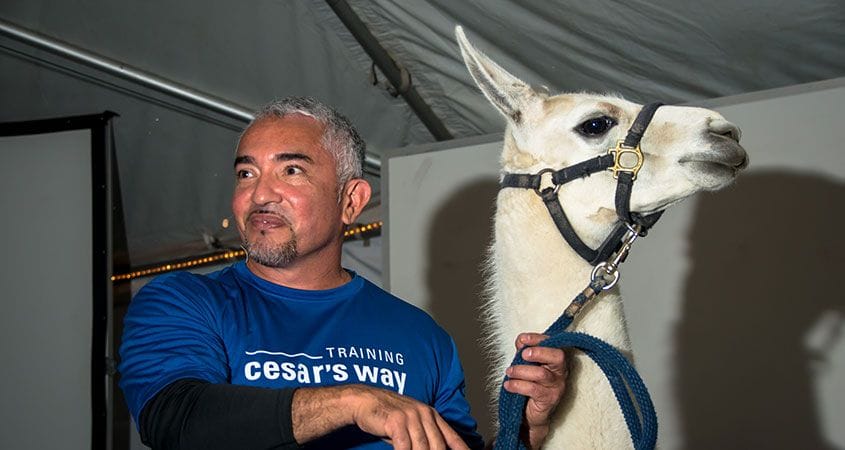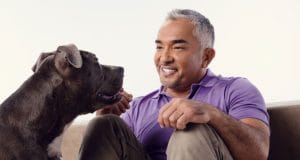When I tell people that they have to be calm and assertive in order to be Pack Leaders for their dogs, they can understand the calm part — at least intellectually — pretty easily. “Calmness” is a way of being in the moment and not stressing out.
However, it can be hard to achieve, especially when circumstances are stressing you out, but it can be learned and dogs are excellent teachers when it comes to achieving calm energy because they don’t judge us and they don’t lie. They just live in the moment and all they want to do is make us happy.
Exercise, meditation, and breathing properly are all good ways to achieve calmness. However, when it comes to assertiveness, that’s where a lot of people get confused.
Realistically, it’s very easy to mistake “assertiveness” with someone being pushy, or demanding, or bossy. In fact, the dictionary definition of the word even includes aggression: “Confidently aggressive or self-assured.” But, to me, it’s the first and last words that are important because I tell people to be calm and assertive. You can’t be aggressive if you’re calm, but you don’t need to be aggressive to be assertive.
Everyone asks me how to be assertive. Well, a great way to see assertiveness in action is to just watch dogs. If one dog wants another dog out of his space, his first option isn’t to snarl and bite. It’s to calmly move into that space without hesitation, which makes the other dog move away. Dogs will also express assertiveness through posture — a dog standing very tall with its head and ears up is being assertive without doing anything else.
It’s easy, though, for humans to be confused by a dog’s way of being assertive. Have you ever had a dog come up and lean against your legs? A lot of people think that means the dog is asking for affection and don’t see it as what it is: The dog is assertively claiming you as its territory.
Showing assertive or submissive energy comes naturally for dogs because they’re wired that way. Humans, not so much. When we’re not in touch with our instincts, we’re not really aware of what our bodies are doing. A person may think they’re being calm and assertive when they’re really showing submissive body language and not speaking what’s on their mind, or may think they’re being calm and submissive while projecting hostile, tense body language.
Realizing how to be assertive doesn’t come naturally for us, so we need to learn how to do it. However, dogs come to our rescue again, because we have to do the same thing for them that we need to do with other people.
Establish rules, boundaries, and limitations, and then don’t let others cross them. Maybe you have a neighbor who always likes to start endless conversations when you walk by. A submissive response would be to stand there smiling and listening to the neighbor for as long as he wants to keep talking. An aggressive response would be to shout at him, “Shut up!” and keep walking.
Somewhere between is the calm, assertive response — politely telling your neighbor, “I’d love to talk, but I’m running late,” and then moving on without letting him cross your boundary.
Politely is the key, because humans can so easily react negatively when they sense something as impolite. True assertiveness is like that old saying, “You catch more flies with sugar than with vinegar.” When you approach politely, this is the human version of a dog moving into a space without hesitation and simply claiming it. It doesn’t take violence, or aggression, or yelling. All it takes is intention.
Every dog knows this instinctively, which is how they come to our rescue again, because they will let us know if we have intention, and therefore assertiveness, in a situation. All you have to do is practice giving your dog commands without saying a word. If you want her to sit, approach with the intention of getting her to sit. If you want her to move away and go to her spot, get her to do it without saying anything.
Communication without words is something that all people can naturally do with each other, and yet it’s surprising how easy it is to forget that we can do this. Have you ever been in a meeting that seems to go on and on, even after the agenda is over? What happens when the first person stands up? Everyone else who thinks the meeting is finished stands up as well and then the meeting is over. But it takes that first person to create the limitation — time’s up — and then the rest of the pack naturally follows.
The simplest definition of a Pack Leader is someone who leads. A calm Pack Leader leads by being assertive. Not aggressive or pushy or demanding or bossy — but by quietly and calmly creating rules, boundaries, and limitations. Find the calm place in yourself, and assertiveness will follow.
Stay calm and… you know the rest.











